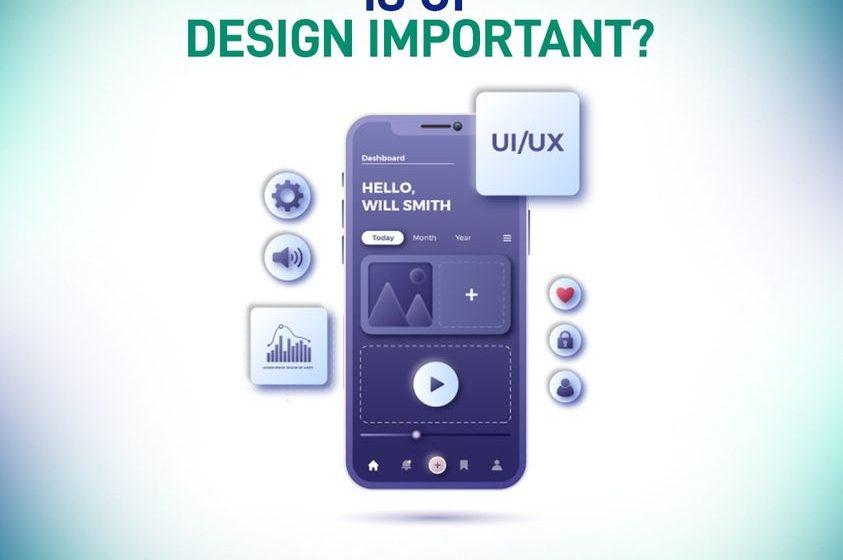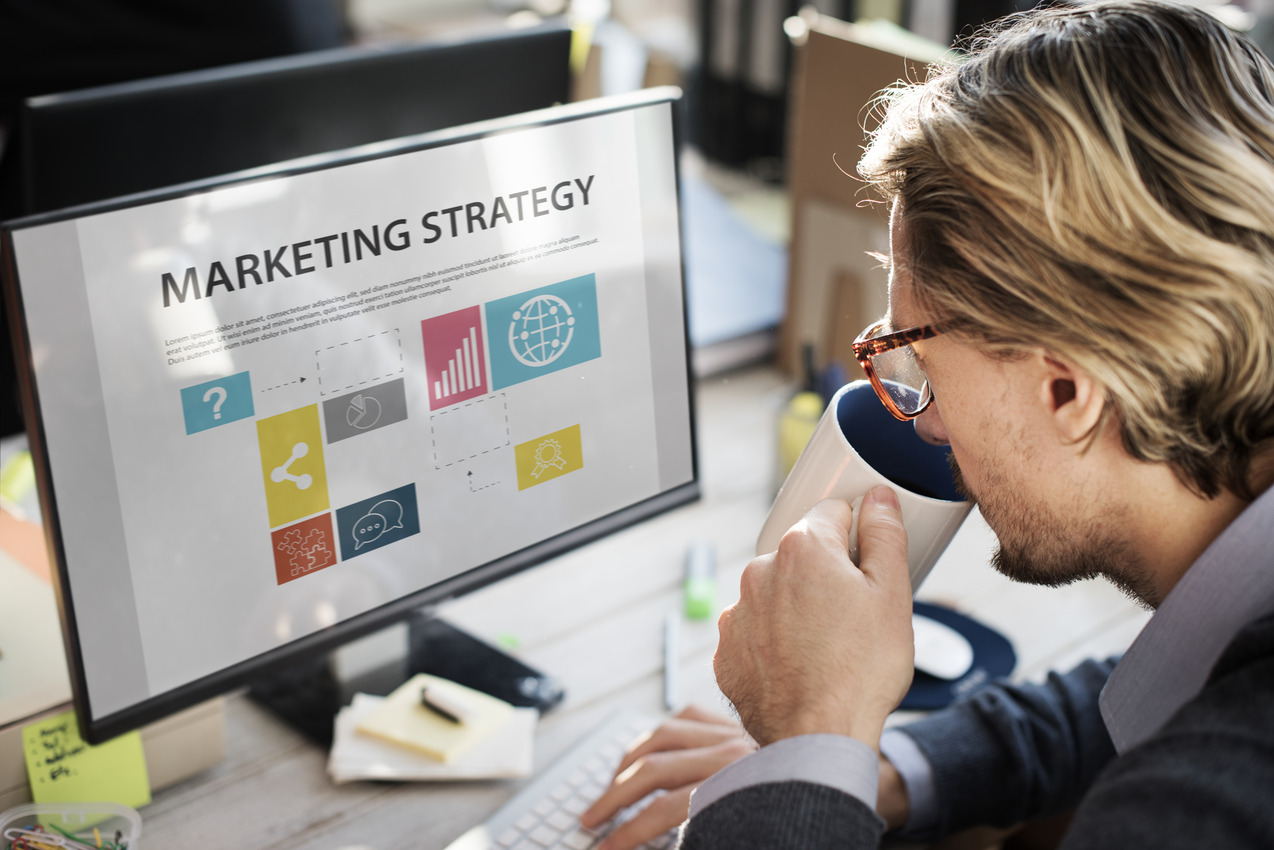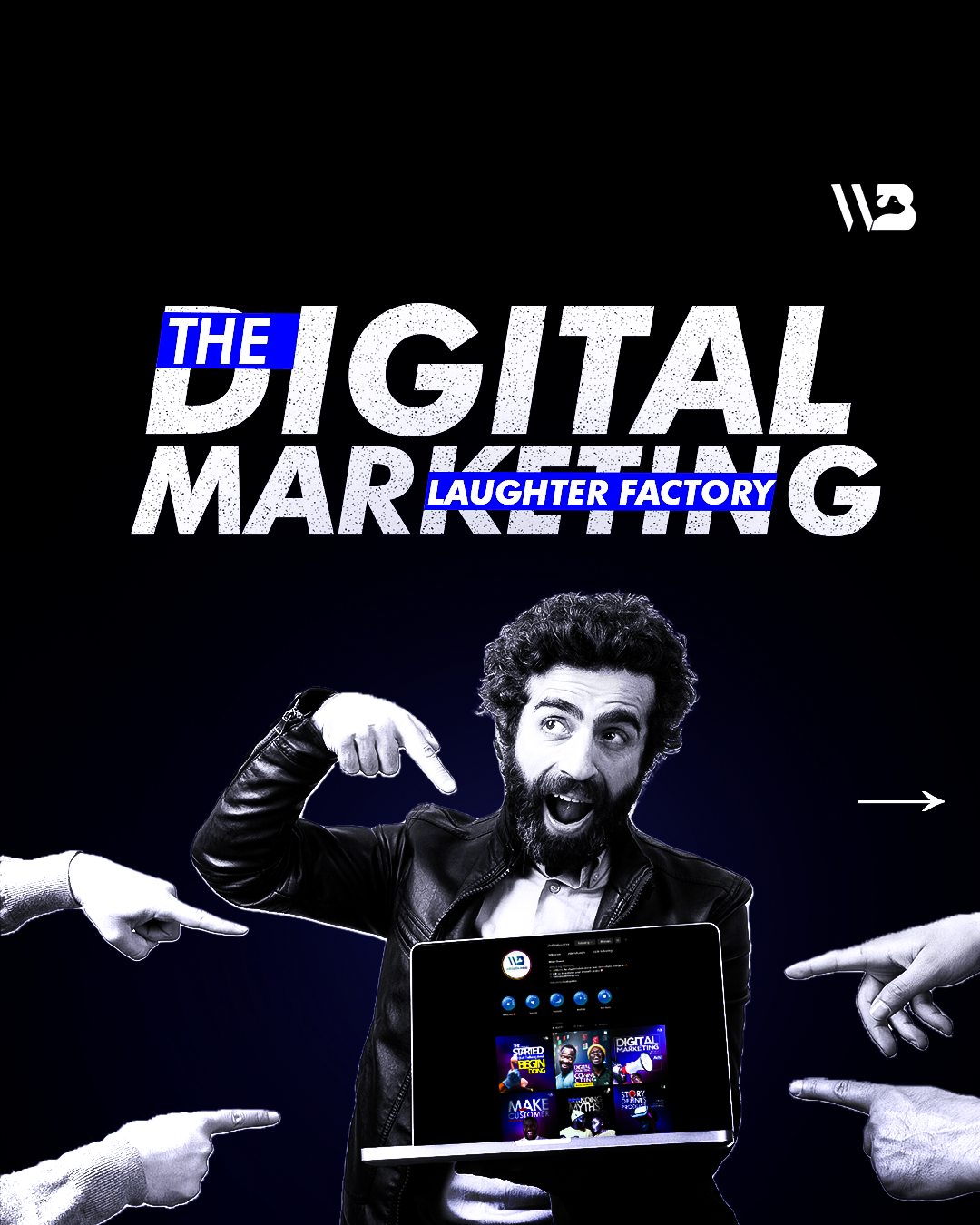Funnel Design Trends: What’s Shaping the Future of Conversion Optimization

In the ever-evolving landscape of digital marketing, staying ahead of the curve is essential for businesses aiming to maximize their conversion rates and drive growth. One area that continues to undergo significant transformation is funnel design. Funnel design serves as the backbone of conversion optimization strategies, guiding users through a journey from initial awareness to final conversion. As technology advances and consumer behaviors evolve, new trends emerge, shaping the future of funnel design and revolutionizing conversion optimization practices.
Personalized User Journeys
Personalization has become a cornerstone of effective digital marketing, and funnel design is no exception. In the future of conversion optimization, personalized user journeys will take center stage. Businesses are leveraging data analytics and AI-powered algorithms to create highly tailored experiences for each user segment. By delivering content and offers that resonate with individual preferences and behaviors, personalized funnels can significantly increase engagement and conversion rates.
Interactive and Immersive Experiences
As attention spans dwindle and competition intensifies, brands are exploring innovative ways to capture and retain user interest. Interactive and immersive experiences are emerging as a powerful trend in funnel design. From interactive quizzes and assessments to virtual reality (VR) product demos, brands are leveraging technology to create memorable and engaging experiences that guide users through the conversion process. These immersive funnels not only captivate audiences but also foster deeper connections with brands, driving higher conversion rates.
Omnichannel Integration
In today’s multi-device and multi-platform world, consumers expect seamless experiences across all touchpoints. Funnel design is evolving to meet this demand through omnichannel integration. Brands are integrating their funnels across various channels and devices, ensuring consistent messaging and user experience regardless of the platform. Whether it’s through social media, email, mobile apps, or offline channels, omnichannel funnels provide users with a cohesive journey from awareness to conversion, driving higher engagement and loyalty.
AI-Powered Optimization
Artificial intelligence (AI) is revolutionizing the way marketers approach conversion optimization, and funnel design is no exception. In the future, AI-powered optimization will play a central role in creating highly effective and efficient funnels. AI algorithms analyze vast amounts of data in real-time to identify patterns, trends, and user behaviors. This insights-driven approach enables marketers to continuously optimize their funnels, refining targeting, messaging, and user experience to maximize conversions.
Voice Search and Conversational Marketing
The rise of voice search and conversational interfaces is reshaping the digital landscape and influencing funnel design trends. With the increasing adoption of voice-enabled devices like smart speakers and virtual assistants, brands are adapting their funnels to accommodate voice-based interactions. Conversational marketing funnels leverage natural language processing (NLP) and chatbot technology to engage users in meaningful dialogues, answer questions, and guide them towards conversion. By embracing voice search and conversational interfaces, brands can create frictionless experiences that align with changing consumer preferences.
Conclusion
As technology advances and consumer behaviors evolve, funnel design continues to evolve, shaping the future of conversion optimization. From personalized user journeys and interactive experiences to omnichannel integration, AI-powered optimization, and voice search, the trends shaping the future of funnel design are diverse and dynamic. By embracing these trends and staying ahead of the curve, businesses can create highly effective and engaging funnels that drive conversions and propel growth in an increasingly competitive digital landscape.



